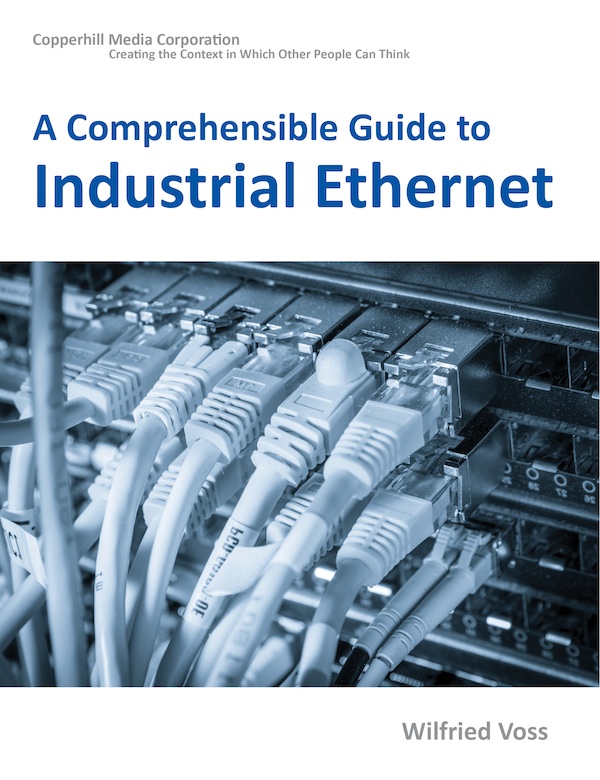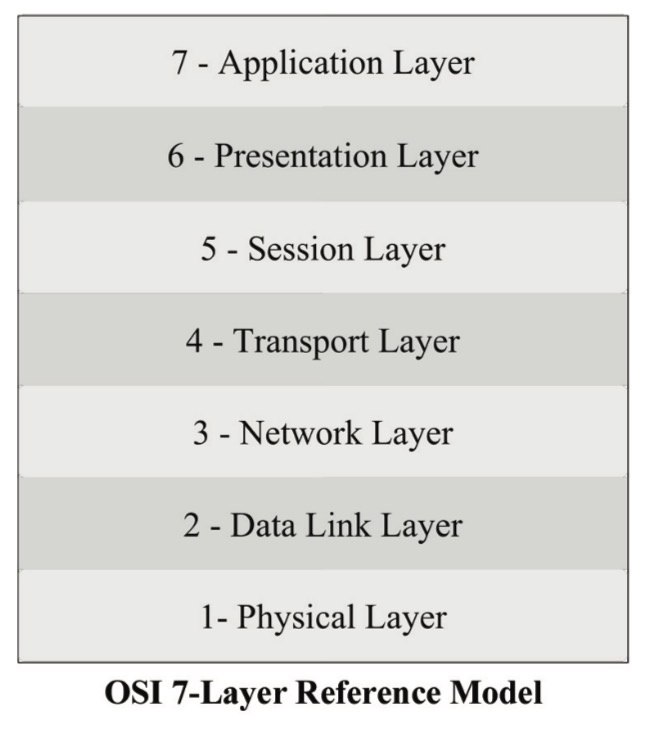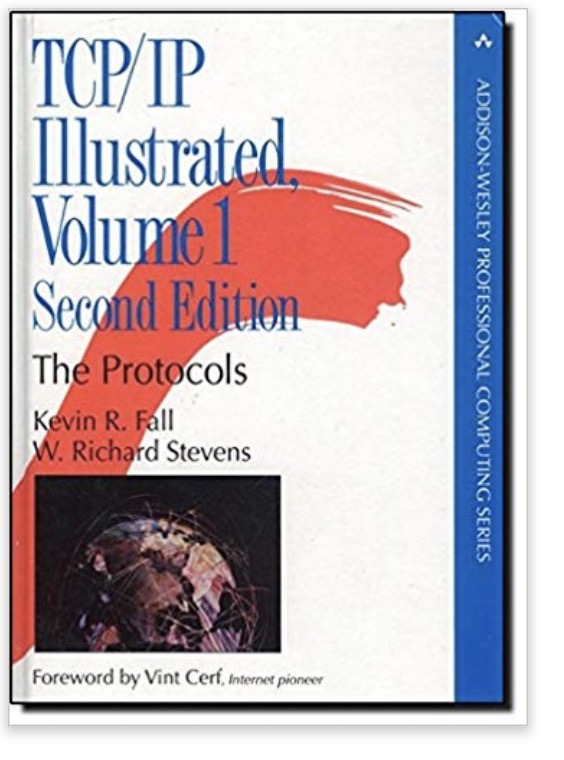Blog
Recent Posts
Industrial Ethernet Guide - Execution Speed and Determinacy
Posted by on

The following is part of A Comprehensible Guide to Industrial Ethernet by Wilfried Voss.
High-speed and high-precision manufacturing equipment such as, for instance, a robotic arm utilizes electric components like motion controllers, programmable logic controllers (PLC), feedback devices, and more, and it is mandatory for the machine’s performance that these components work together in a synchronized fashion. The sampling of a measurement at non-deterministic or random times will deliver incorrect results.
To stay with the example of controlling a robotic arm, representing a closed-loop control, the motion controller must know at all times where the arm is located. The controller needs to know the precise position data, and if that data is not immediately available, the controller might tell the arm to move when it shouldn’t.
While the speed of the process is critical for real-time solutions, it is not the main factor. Determinism, i.e., the support specific and constant response times, translates directly into reliability, meaning a controller must respond within an absolute bounded response time to events, or safety and productivity may be compromised.
The level of a control system’s determinism is a function of both hardware and software. Naturally, it makes sense to use high-performance (CPU) hardware plus a suitable real-time operating system (RTOS), because deterministic control and real-time operating systems go hand in hand.
However, the advantages of such a combination may be in vain with the wrong choice of network protocol.

As the OSI 7-Layer Model demonstrates, a protocol following the OSI specification will affect the control system’s hardware (refer to Layers 1 and 2) and software (refer to Protocol Layers 3 to 7).
Industrial Ethernet solutions will definitely provide the necessary speed, but when it comes to high-speed and high-precision performance, execution speed is sometimes important while determinacy is always important.
The question is, are Industrial Ethernet protocols, in fact, real-time capable, i.e., do they support the necessary level of determinacy, or are they only fast?
This question plays into the definition of “hard” and “soft” real-time control.
TCP/IP Illustrated, Volume 1: The Protocols
TCP/IP Illustrated, Volume 1, Second Edition, is a detailed and visual guide to today’s TCP/IP protocol suite. Fully updated for the newest innovations, it demonstrates each protocol in action through realistic examples from modern Linux, Windows, and Mac OS environments. There’s no better way to discover why TCP/IP works as it does, how it reacts to standard conditions, and how to apply it in your applications and networks.
Building on the late W. Richard Stevens’ classic first edition, author Kevin R. Fall adds his cutting-edge experience as a leader in TCP/IP protocol research, updating the book to reflect the latest protocols and best practices fully. He first introduces TCP/IP’s core goals and architectural concepts, showing how they can robustly connect diverse networks and support multiple services running concurrently. Next, he carefully explains Internet addressing in both IPv4 and IPv6 networks. Then, he walks through TCP/IP’s structure and function from the bottom up: from link layer protocols–such as Ethernet and Wi-Fi–through the network, transport, and application layers.
Real-time Operating Systems (RTOS) - The Engineering Of Real-Time Embedded Systems
This book deals with the fundamentals of operating systems for use in real-time embedded systems. This book aims at those who wish to develop RTOS-based designs, using either commercial or free products. It does not set out to give you the knowledge to design an RTOS; leave that to the specialists. The target readership includes students, [...]
Real-time Operating Systems: Theory And Practice Using STM Cube, FreeRTOS And STM32
This book deals with the fundamentals of operating systems for use in real-time embedded systems. It is aimed at those who wish to develop RTOS-based designs, using either commercial or free products. It does not set out to give you the knowledge to design an RTOS; leave that to the specialists. The target readership includes: Students. Engineers, [...]
Wireless IoT Platform Connects CAN Bus, Ethernet, USB To The Cloud
A new wireless IoT edge node, called the PingPong, is a flexible and powerful hardware platform for connecting field devices to the cloud. The module from Round Solutions is a small form factor board supported by an RTOS running with a Microchip PIC32MZ 32-bit MCU and a high-speed cellular Telit module. It is based on a modular hardware [...]
 Loading... Please wait...
Loading... Please wait...

